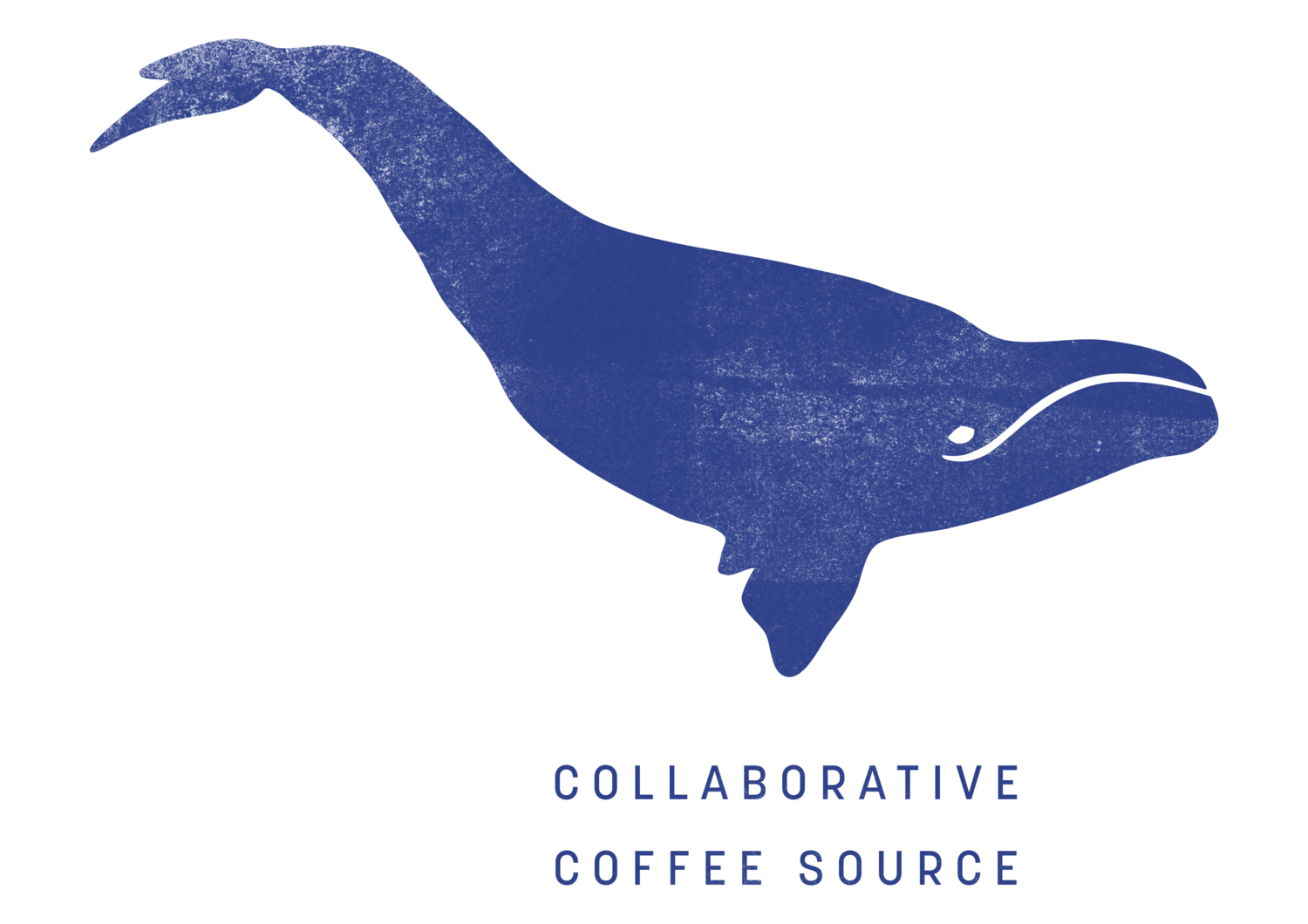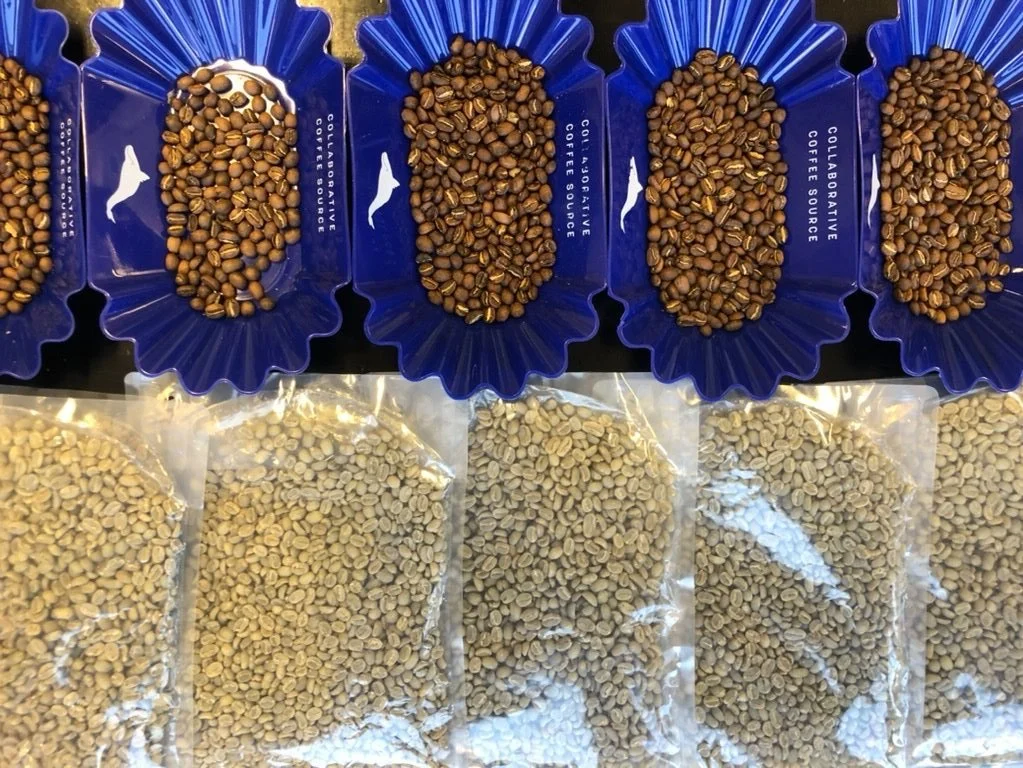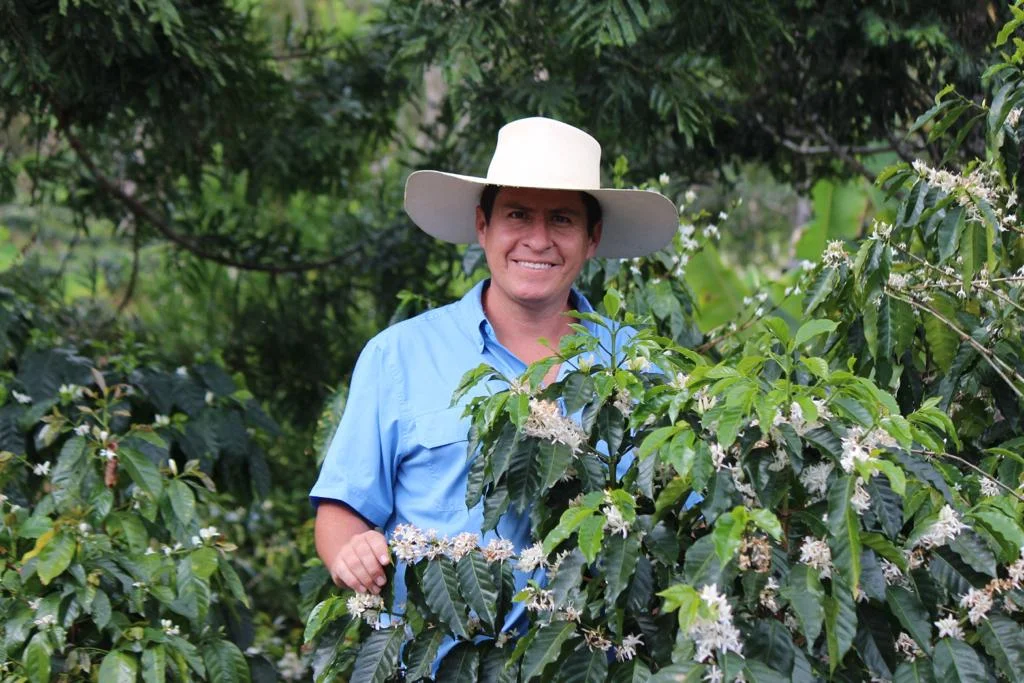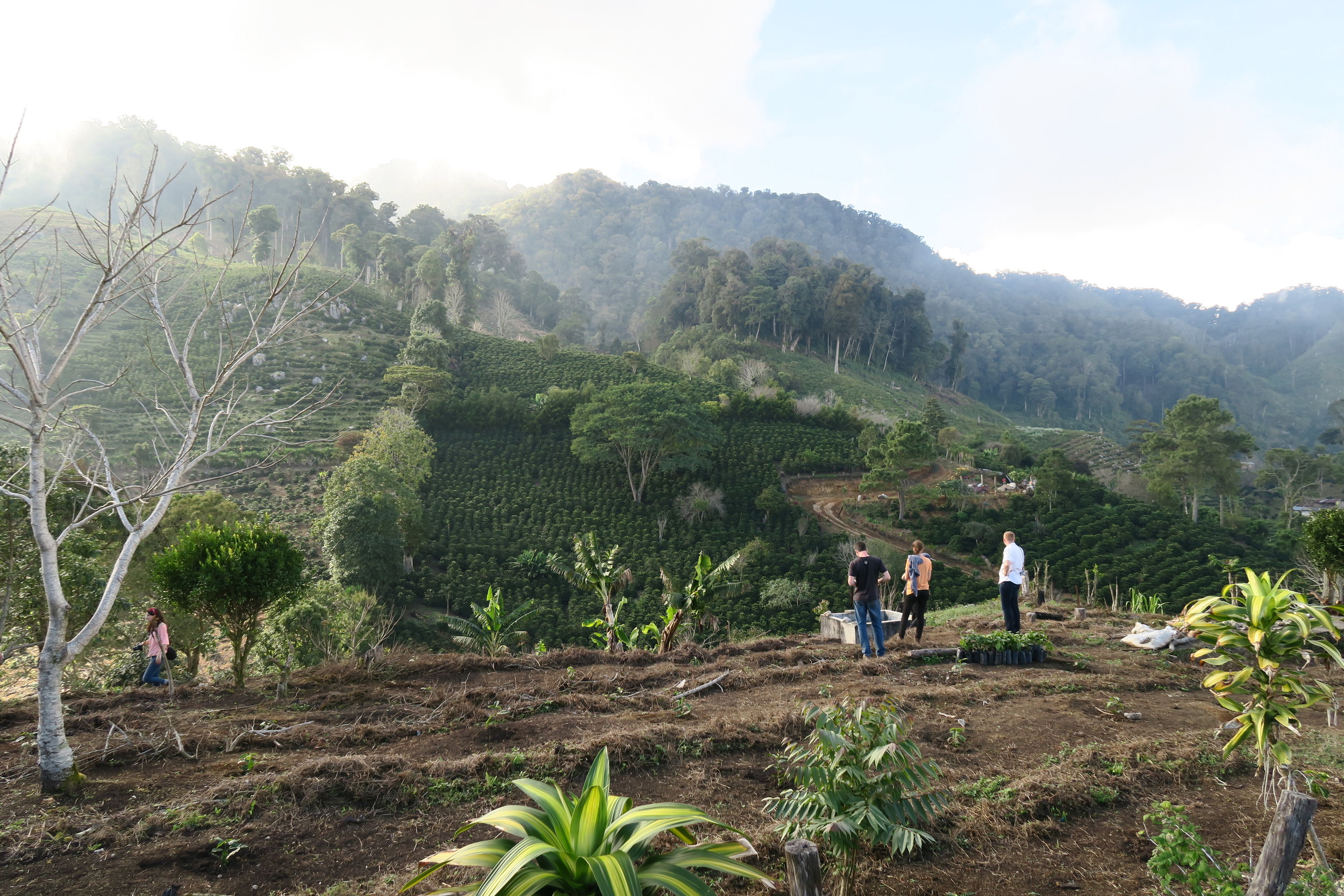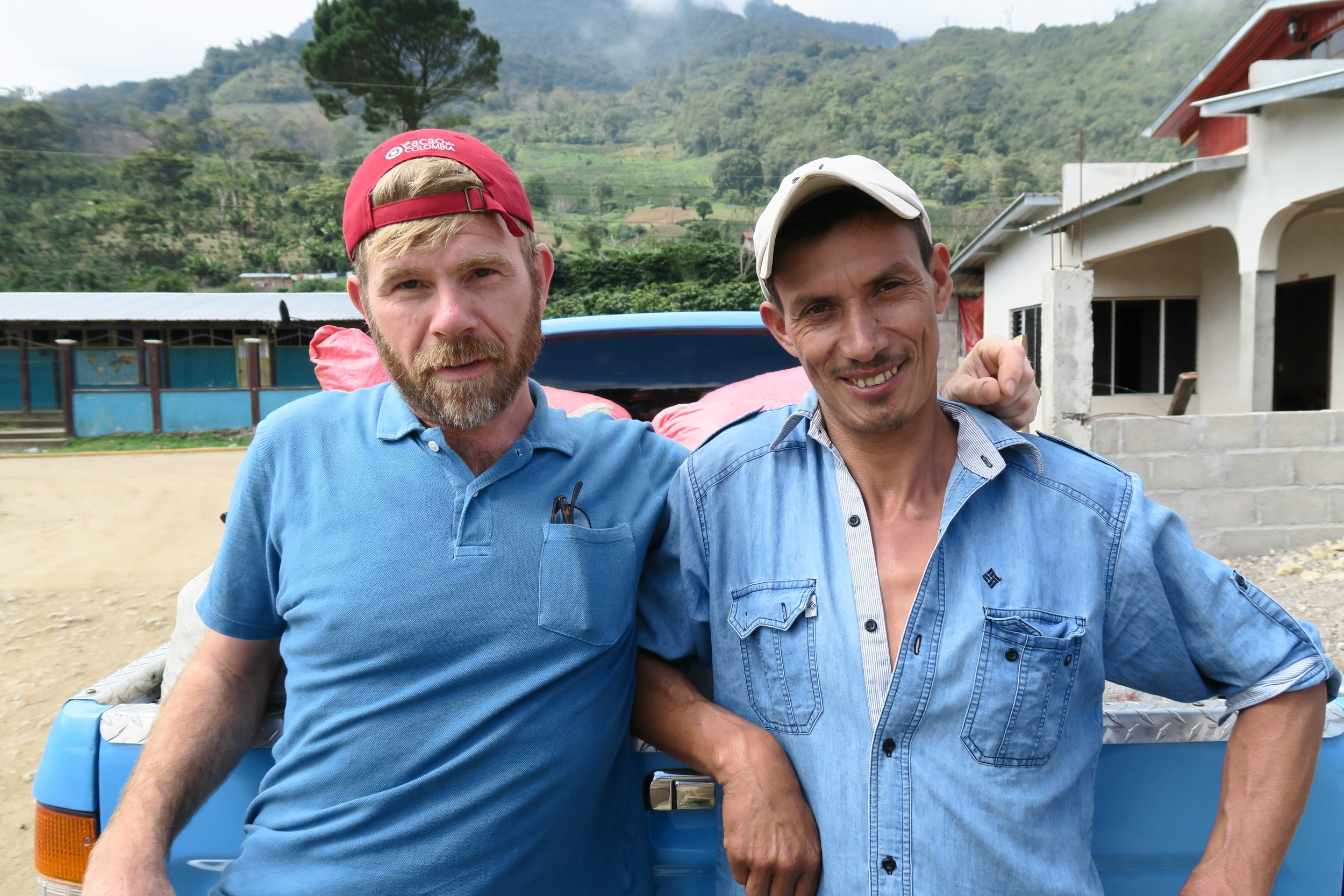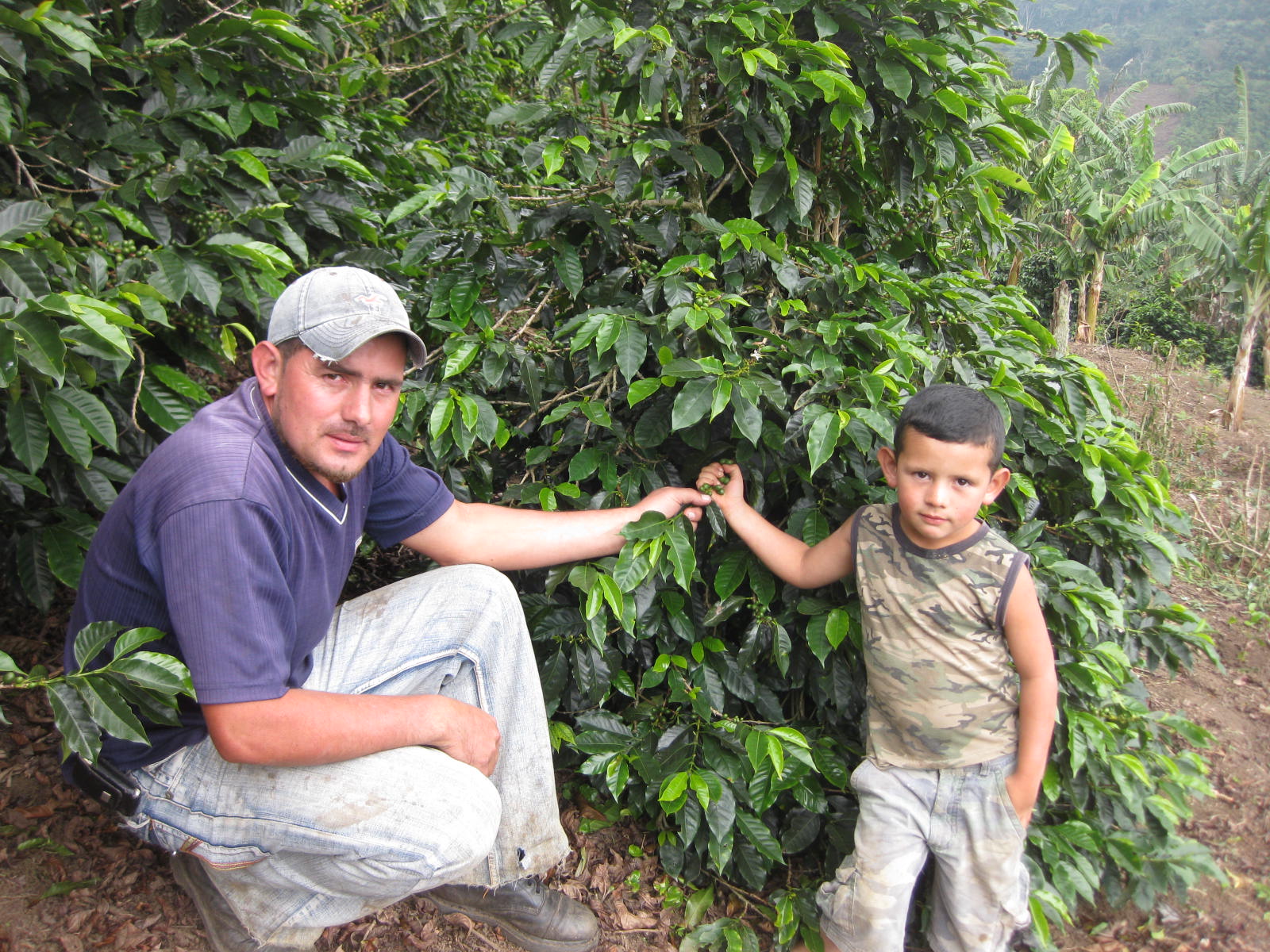Location: El Cedral, Las Vegas
Region: Santa Barbara
Altitude (masl): 1565-1585
Average Annual Rainfall (mm): 800
Process: Washed, Dried on parabolic driers
Variety: Pacas
About
Since 2005, Santa Barbara, and the small producers living and working there, have shared the distinction as the place and the people producing exceptional coffee within Honduras. Our work and the beginning of the on-going relationships we’ve since established here began during the 2005 Cup of Excellence. We came to realize that there are exceptional producers from this small area. And since that inaugural year, we have purchased from over twenty different Santa Barbara producers.
Located in the village of Pena Blanca is coffee exporter San Vicente – the company that coordinates the coffee we buy from Santa Barbara. Over the past several years, one particular hillside has become the largest supplier of CoE winners in Honduras. The most successful farms with the smartest and most innovative farmers are neighbours on this hillside and they help each other to refine the best of their lots.
There exists an eagerness here; a willingness, motivation and ambition to produce the best coffee in the country. But there are also large differences amongst the farmers and our purpose is to be close to this special coffee community and get to know the most ambitious of the farmers here; the ones we can develop something with. In order to build relationships – that allow both parties to have a common understanding of quality coffee – there must be frequent and long-term presence.
To produce coffee that tastes fruity is not very complicated. But to produce coffee that is clean, clear, fresh and fruity – that’s an art. One of the biggest assumptions within specialty coffee is that coffee from high-altitude areas naturally exhibits these characteristics. But high elevation can lead to potential problems, even in tropical climates.
In the highest areas of Santa Barbara, up to and over 1800 meters, producers can experience “freezing”: the combination of temperatures between 4-5C and rainfall that combine to cause cherries to not ripen and leaves to die on the bush. These conditions create a cold and humid climate, which is hazardous for processing and requires steady and reliable drying conditions for coffee so quality will not deteriorate. These natural conditions, of course, cannot be evaded. But clever and prescient coffee farmers, like the ones we collaborate with, invest in drying systems that minimize the risks associated with weather.
Background
Since the beginning of our work in Santa Barbara, Honduras, which started before CCS even existed through our sister-company KAFFA Oslo (a roaster), the relationships we’ve developed within this region have been some of the strongest and most exciting of all the relationships we have in all the coffee origins we work with.
What started out as purchasing coffee from a mere handful of farmers has expanded to our working with almost 40 producers across 4 municipalities. And the growth is only increasing, which is good since a high demand for these coffees have developed over the years. Still, there is more demand than there is supply and we still need to be scrutinizing and picky to get the really good stuff. The great news is that more and more farmers are becoming ambitious and know what the market is demanding.
Santa Barbara is an area that has, over the years, become recognized namely by some of the very same producers we have developed close ties with. And more broadly, Honduras has made a strong name for itself in the coffee world. For example, in this year’s Cup of Excellence (2016), Honduras was put on the map as an origin that has a variety of varieties that now include geisha. Some of these coffees are scoring the high 80s and are even reaching 90s, thus fetching historically high auction prices (worldwide) at +$120/lb.
There are three major developments that we are excited about sharing with respect to our work in Santa Barbara (SB) this year:
1) A new price agreement
We have raised the bar and so necessarily, the price. The fact that the market is still low should not matter to the long-standing and loyal producers of the greatest coffees around.
Our goal always from the beginning is to only buy 86+ point coffee. Practically, some of the lots we have purchased from SB have been at 85 points. In agreeing to work with someone long-term, there needs to be support even and, perhaps especially, during the times that not all the factors are at their optimal.
Today, we happily report that there are more 86-point coffees than ever before and consequently, we are raising prices for the considerable efforts made. We are paying more than ever. On the other hand, if the coffees are less than 86, we are also paying less.
The prices this year range from $3.00/lb to $4.50/lb FOB and in today’s market, these prices are very high. Our farmer partners not only expressed gratitude for our continued relationship and support but they are re-investing in land, facilities, their families and their children’s education. Some of the farmers we’ve worked with longest are truly prospering.
2) Deforestation is not accepted!
The demand for coffee has pressured/tempted an increasing number of farmers to cut adjacent natural forest in order to plant more coffee. The consequences of these practices are devastating and we have expressed a strict opposition to this. To be clear, CCS will not buy coffee from newly deforested areas and we’ve met with the mayor of one of the municipalities in order to show even more strength and support for this message.
3) Processing: drying & shade
As we’ve come to learn, one of the key factors in making good quality coffee is processing. It is also clear that the process itself, and the drying stage in particular, is making for a more or less long-lived cup quality. This is becoming increasingly important in SB as the international recognition for the area rises and the prices go up.
Roasters need for green coffee to keep up their quality months after arrival. A fading coffee feels demoralizing to all of us and is oftentimes not an understood or experienced phenomenon by the farmer. Some are educating themselves about this and taking the need for solutions seriously.
As a general rule our partners have been implementing slower drying of the parchment under shade in order to protect it from direct sunlight during the first steps of the drying process. This has proven favorable.
Although this is currently one of the investments we are seeing in the field, just four years it was rare to see farmers drying their own coffee in the first place. These days, some are very proud of their being masters of the processing craft.
